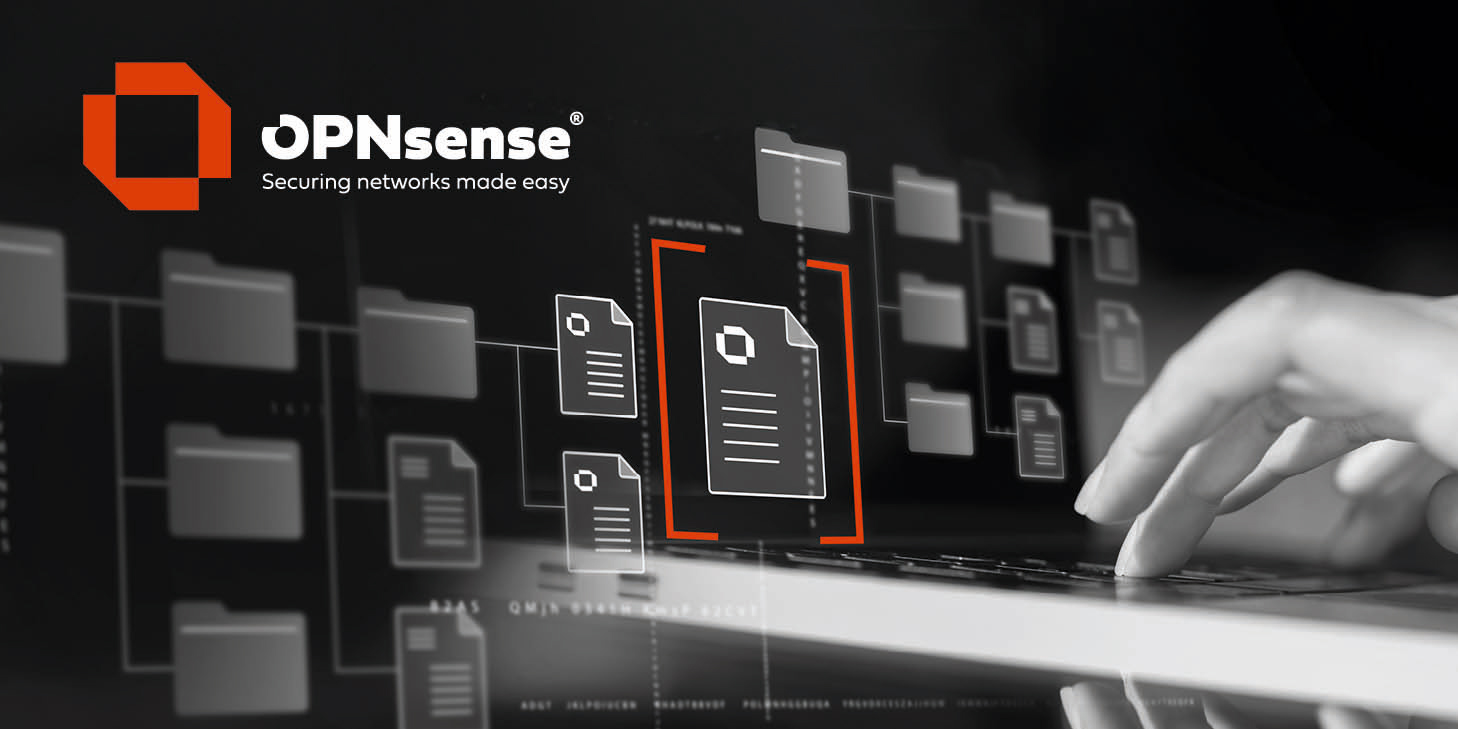I am not going to Show the Solution to this - Even if this was possible, I would Refrain from doing so.
Thankfully, things Like this are forbidden in Germany but:
I remember that in 1995 I implemented Internet Access for a Bank group when exactly this was requested by the auditing Department. I took the Time to teach them a lesson: I proceeded to discuss all the technical details on how this was to be done during a three hour Meeting. At the end of the Meeting, I told them IT would immediately start implementing it as soon as they presented a written consent by the works Council.
The Expression on their faces was priceless after recognizing that I meant that dead serious.
Thankfully, things Like this are forbidden in Germany but:
I remember that in 1995 I implemented Internet Access for a Bank group when exactly this was requested by the auditing Department. I took the Time to teach them a lesson: I proceeded to discuss all the technical details on how this was to be done during a three hour Meeting. At the end of the Meeting, I told them IT would immediately start implementing it as soon as they presented a written consent by the works Council.
The Expression on their faces was priceless after recognizing that I meant that dead serious.

 "
"
